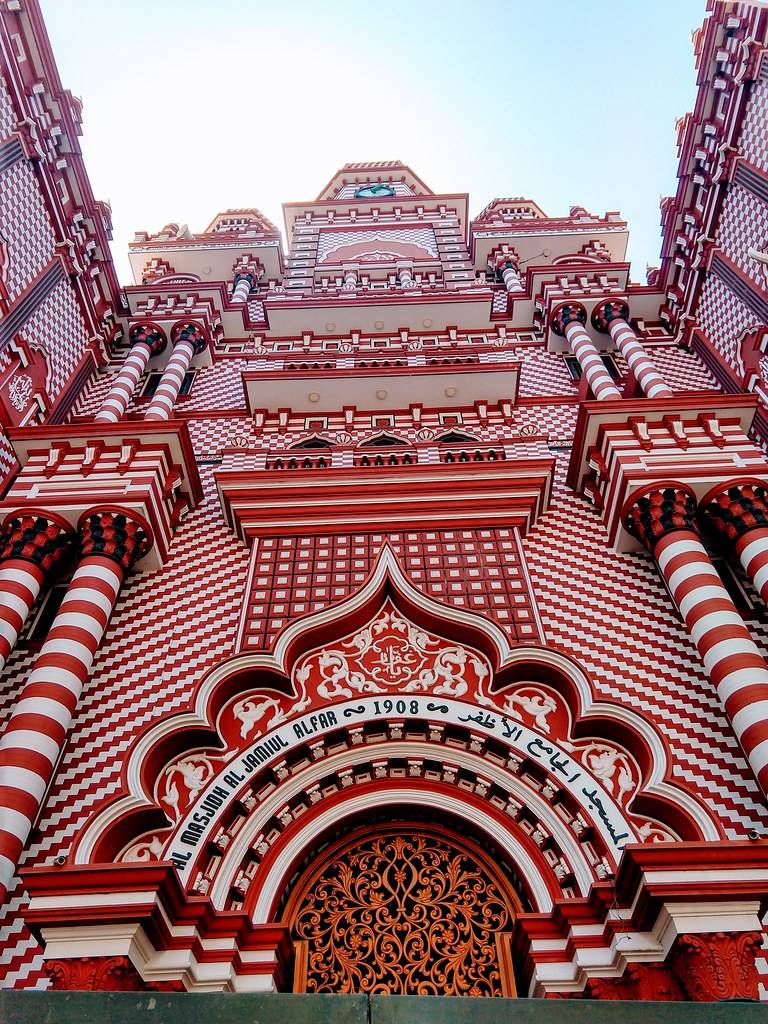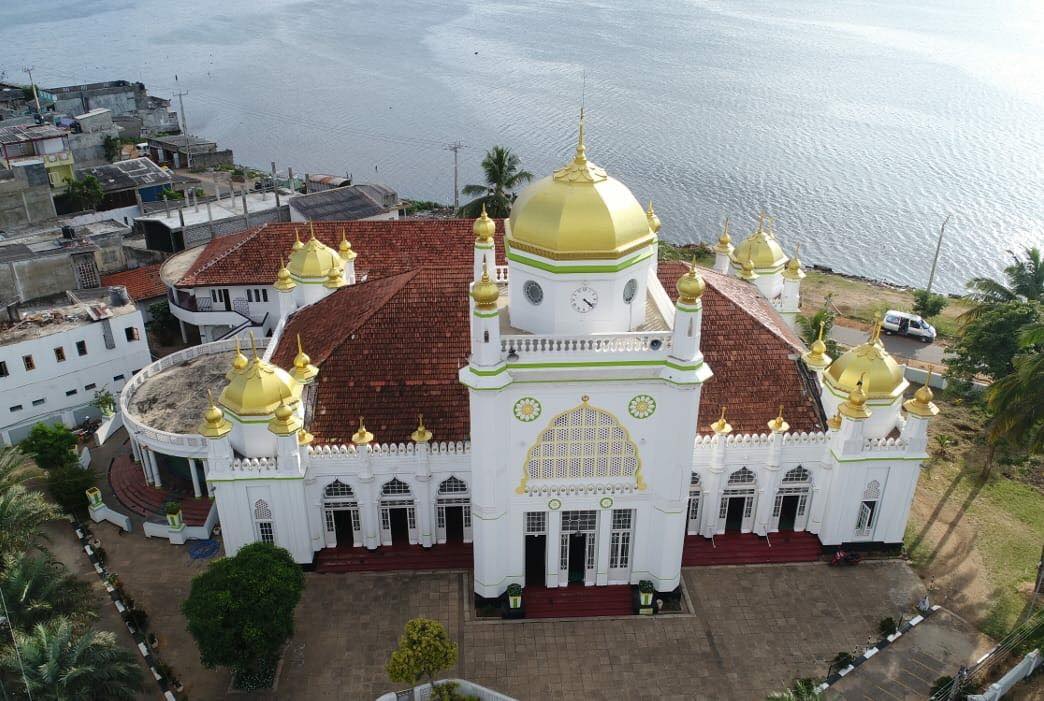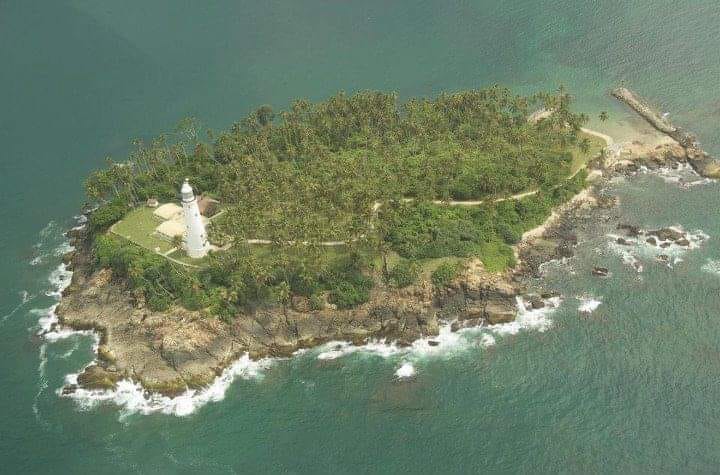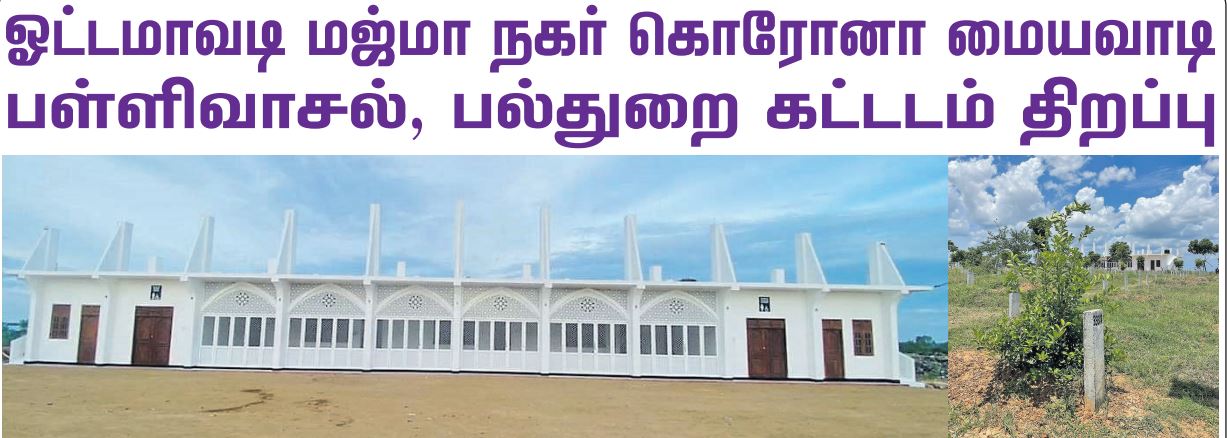Ketchchimalai Mosque, located in Beruwala on the southwest coast of Sri Lanka, is one of the oldest and most significant Islamic sites in the country. It stands on a picturesque hill overlooking the Indian Ocean, serving as a beacon of the island’s rich Muslim heritage. The mosque’s history dates back to the early 8th century when Arab traders first arrived on the shores of Sri Lanka, using Beruwala as a key trading port. These merchants not only brought their goods but also introduced Islam to the island, marking the beginning of a long-standing Muslim presence in Sri Lanka.
The mosque is believed to have been established by these early Arab settlers, and over the centuries, it has undergone renovations and expansions, while still retaining its historical essence. The architecture of Ketchchimalai Mosque reflects a blend of Islamic and local Sri Lankan styles, with its whitewashed walls, intricate woodwork, and a prominent dome. Its strategic location on the hilltop provided a vantage point for sailors arriving from the sea, making it a landmark for the Muslim community in Beruwala.
History
The site is considered one of Sri Lanka’s oldest places of Muslim worship, associated with Arab traders who settled in Beruwala during the 8th century. The mosque stands on a hill overlooking the sea and houses the shrine of Sheikh Ashraff Waliullah, a revered Islamic saint.
The Mosque situated on the Hill top of “Ketchimale” as per description in the famous book “Silk Route” by Ibn Batuta has a history dating back to the 14th century when the original Muslims settled down in Beruwala and His holiness Saint Ash Sheik Ashraff Walliyullahs whose shrines is now at this mosque is one among them.
Muslims all over Sri Lanka visit Ketchimalai Dharga Shareef and pay homage and Salams to Sheik mainly because of his contribution to the spiritual advancement of Islam. Muslims pay regular visits to this place and spend their time in the thought of Allah and perform Zikr.
According to legend, in 1882, when the then Governor of Sri Lanka Sir. Arthur Henry Gordon was on his official visit to Galle, the horse he was riding, on its own, changed the usual route at Beruwala and took on to the present Customs Road, and knelt down at the footsteps of an old shrine on top of the hill, (at present known as Ketchimalai) and refused to move there from.
The Governor felt that there was some spiritual significance attached to the premises. He then made inquiries from those gathered to learn that it was the tomb of Ash Sheik Ashraff Walliyullah.
The Governor immediately instructed his secretary to make arrangements to donate that land as a gift from King George. This was done and the then chief incumbent Al Haj Moulavi Sheik Hamza Alim Bin Mohamed Abdulla Alim Alaviyathul Kadiri was in possession of the original of this historic document. Thereafter, the present mosque took its shape with the assistance of well-wishers continuously.
The Buhari Muslim feast where the sacred ‘Hadees’ (saying of the Prophet) is recited for 30 days, had been conducted for the last several years. This is a feast common to all Muslims irrespective of sects and therefore, is patronized by Muslims from all parts of the island.
The Sri Lanka Broadcasting Corporation broadcast the event since 1951.
It is worthy of mentioning the importance of the mosque where annual Majlees takes place. Sheik Abdulla Alim Hajiar, the father of Sheik Hamza Alim initiated this Majlees and had a strong sense of love to the saying of Prophet Muhammed (Sal) and the Ahlul Baith.
He was closely assisted by Seyideena Ahmed Bin Abdulla Bafaqwh, together with Seyideena Hussain Habshi Al Makki in continuing this narration of Hadees.
The construction of Sheik Ashraff Walliyullahs Dharga was carried out by Sheik Abdul Cader, son of Kathib Sheik Yoosuf. Thereafter, Sheik Hassan Al Maqdumi’s disciple Sheik Ismail of Barbaren became the caretaker of the shrine. Sheik Ismail was a learned man and many accepted him as a spiritual leader and Sheik Hamza Alim took over as the caretaker. Sheik Hamza lived a model life and was respected throughout the island.
Beruwala and Ketchimalai are synonymous with Muslims. They consider it as a place of worship. Sheik Ashraff Walliyullah, on his way to visit Adams Peak in Sri Lanka, his ship was diverted and landed in Beruwala. Since then, he lived and carried out a yeoman service to the Muslims of Beruwala and Sri Lankan in general so that peace and harmony prevail among all communities.
Hidayathulla Haji is one of the three custodians of this mosque, working alongside his two cousins – Nafeel and Hafeefdeen. The trio proudly represents the eighth generation of custodians from the lineage of Abdul Cader Yoosuf, one of the early caretakers of this sacred sanctuary.
“During the 12th century this part of Beruwela had attracted Muslim traders. One of the early pioneers was Sheik Sulthanul Awliya Ashraff Waliullah from Yemen, who landed here .He was received with hospitality by the ruling king. Today, some people mistakenly think he built this mosque. That is incorrect. Sheik Ashraff Waliullah, after engaging in business for some years, died and was buried on this hill. At that time this land had lots of trees. In that era, due to the fact that the hill was on a high vantage point it was referred to as “Utchchamalai”, which in Tamil, which translates to “high hill”. With time, somehow it became “Ketchimalai”. One day, the chief priest of the Maradana Jumma Mosque had climbed this rock and was viewing the ocean. While climbing the hill, his foot had been pierced by a sharp thorn, causing him much pain and he is said to have rested under a tree. Shortly, thereafter, he had fallen asleep, and during this time, he had encountered a vision where the old Sheik Awliya Waliullah (who was buried on this hill) had gently impressed upon him to build a mosque on Ketchimalai”.
“The mosque was built to cater to the Muslim traders living in Beruwela. Some decades later the British Governor at that time Sir Arthur Gordon had been travelling to Galle on horseback. It was common those days to see many Englishmen riding their horses. Sir Gordon’s horse had suddenly got disturbed and began to gallop. Some say the Governor fell off the horse, while some opine he managed to safely dismount, but the agitated horse raced towards the Ketchimalai hill. Upon reaching the vicinity of the mosque the horse seemed to have calmed down and stood still. The bewildered Sir Gordon and his guards came to the mosque. This incident had deeply impacted the British Governor and he helped to enhance the mosque and used to visit whenever he passed by Beruwela. It is believed that he officially handed over this crown land to the mosque. Abdul Cader Yoosuf, our ancestor was the caretaker at this time. This incident regarding the British Governor enriched the fame of this mosque.”
The roof was decorated in white and yellow squares, and the floor adorned with red carpets. A very old chandelier silently dominated the main hall.The tomb of the late Sheik from Yemen – Sulthanul Awliya Waliullah rests in a room with stained glass windows. The walls of the room are covered in ornate green and white square tiles. Hidayathulla took us to a room where two antique book cupboards hold copies of the Quran, some as old as 500 years. These have been preserved carefully. There is a separate prayer room for ladies. We walked outside, to the side balcony from which elevation the view of the sea is amazing. We observed the boats from the Beruwela Fishing Harbour visible in the distance.
Muslims in Beruwala: A Legacy of Harmony and Contribution
The Muslim community in Beruwala has a long and vibrant history, intertwined with the town’s development and cultural evolution. As one of the first areas in Sri Lanka where Islam took root, Beruwala became a significant hub for Muslim life, trade, and religious learning. The descendants of those early Arab traders, now known as the “Coastal Moors,” have played a pivotal role in shaping the region’s identity. They have actively contributed to the economy through trade, fishing, and small businesses while maintaining their religious and cultural traditions.
Ketchchimalai Mosque continues to be a focal point for Muslims in Sri Lanka, especially during the celebration of Eid-ul-Fitr, where thousands of worshippers gather to offer prayers. The mosque’s role as a center for religious activities and its historical significance make it not just a place of worship but also a symbol of the peaceful coexistence and integration of Muslims into Sri Lankan society. The legacy of Ketchchimalai and the contributions of the Muslim community in Beruwala highlight the diversity and cultural richness that have been integral to Sri Lanka’s history.
Post Disclaimer | Support Us
Support Us
The sailanmuslim.com web site entirely supported by individual donors and well wishers. If you regularly visit this site and wish to show your appreciation, or if you wish to see further development of sailanmuslim.com, please donate us
IMPORTANT : All content hosted on sailanmuslim.com is solely for non-commercial purposes and with the permission of original copyright holders. Any other use of the hosted content, such as for financial gain, requires express approval from the copyright owners.
 Sri lanka Muslims Web Portal Sri Lanka Muslims News Center
Sri lanka Muslims Web Portal Sri Lanka Muslims News Center
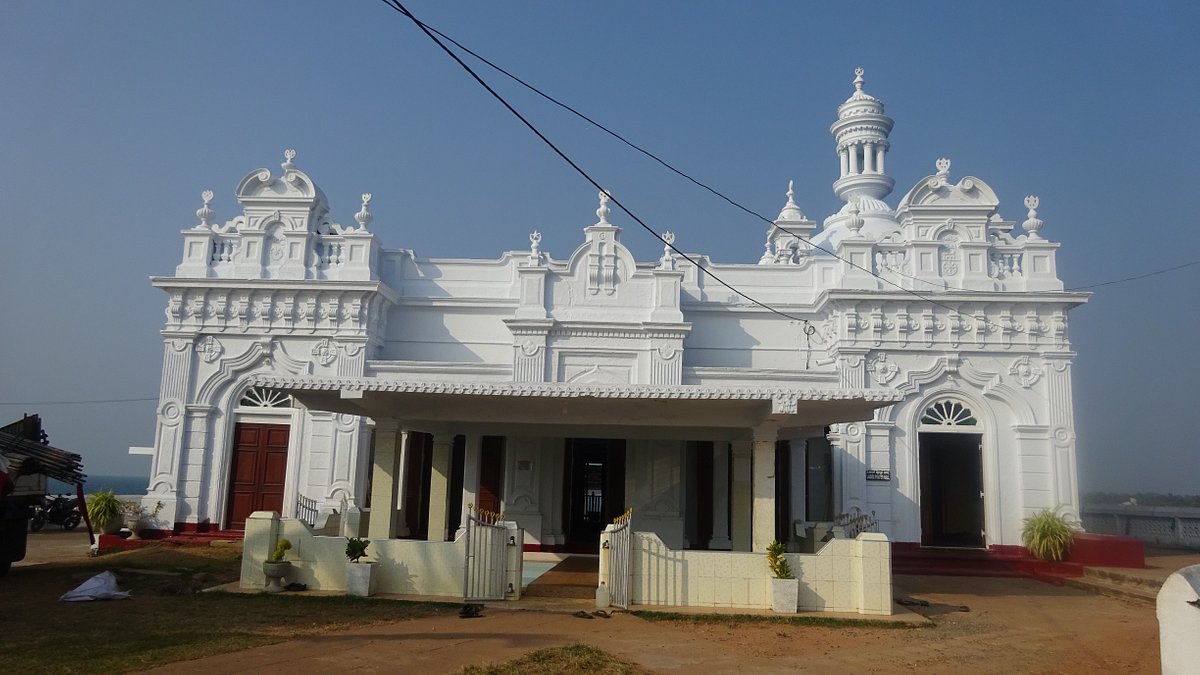
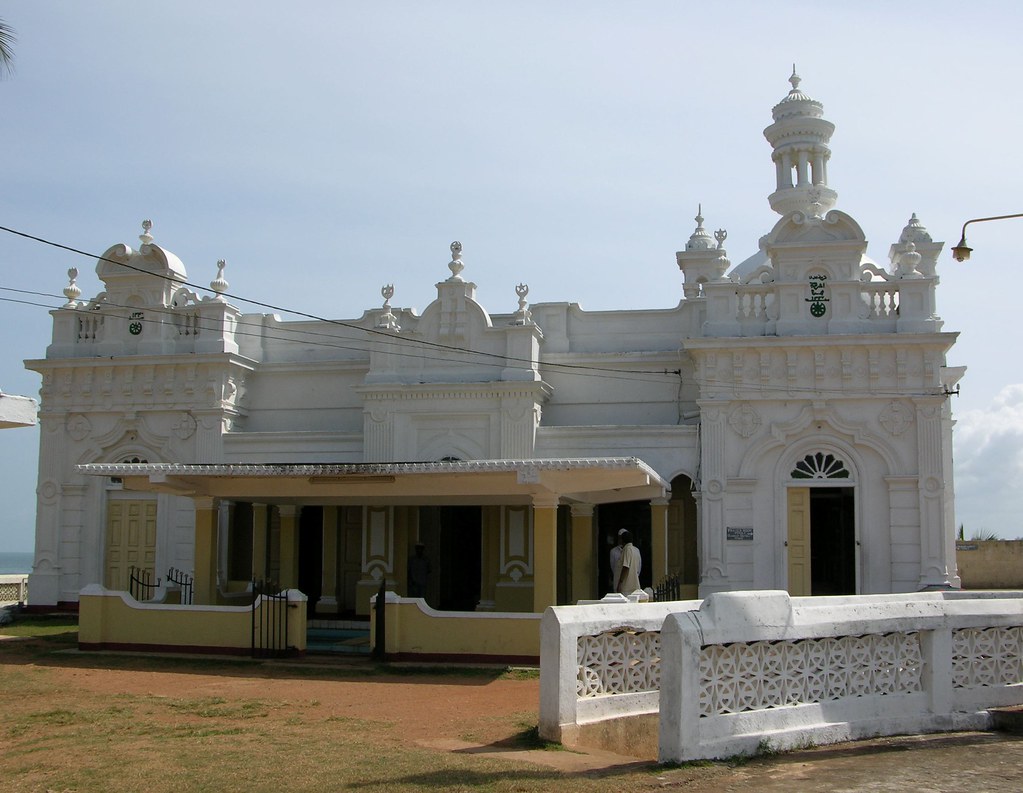
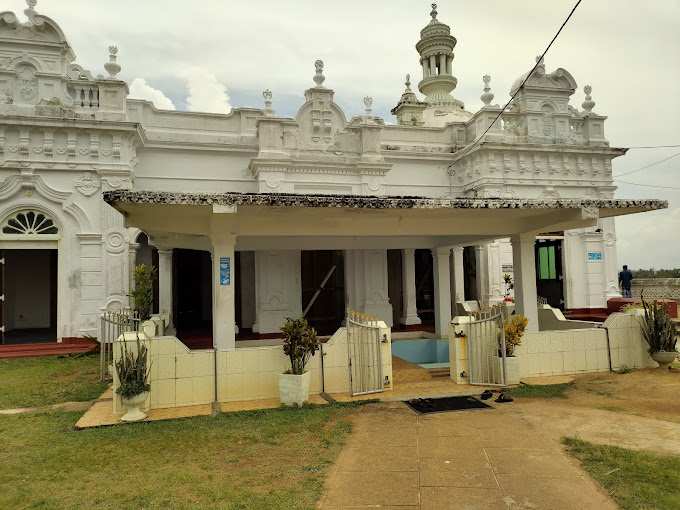
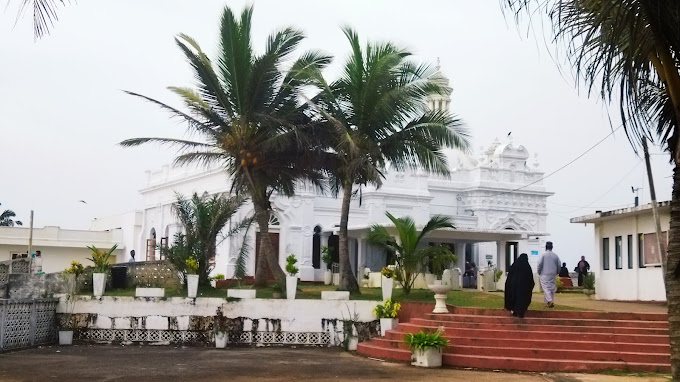
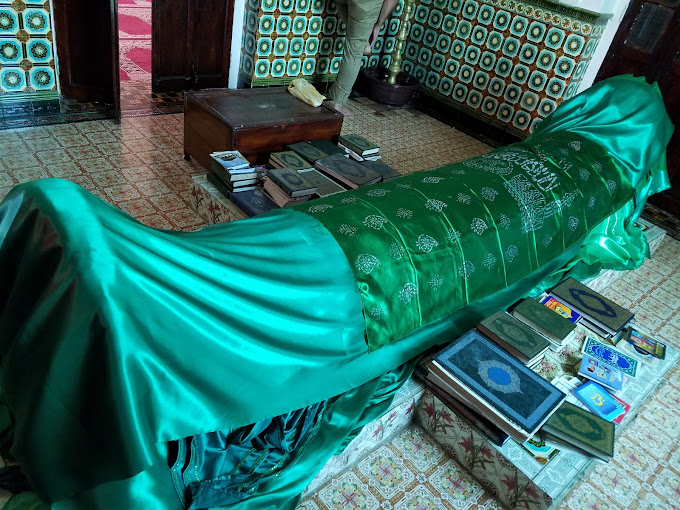
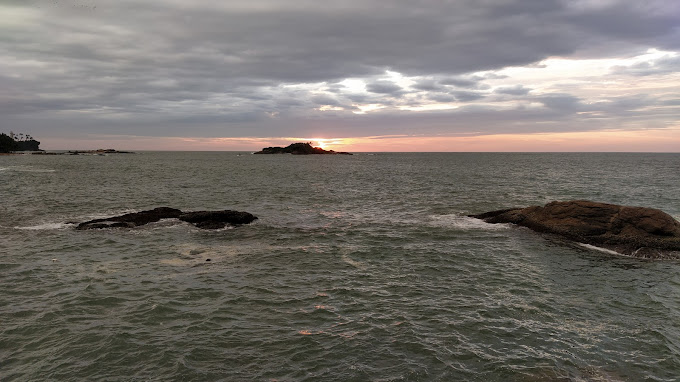
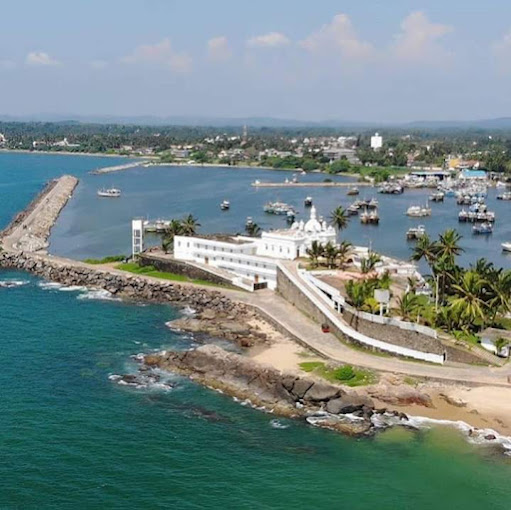
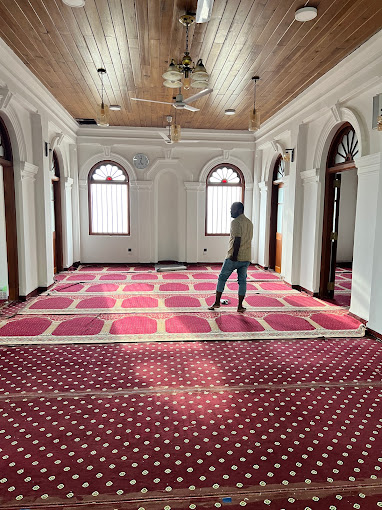
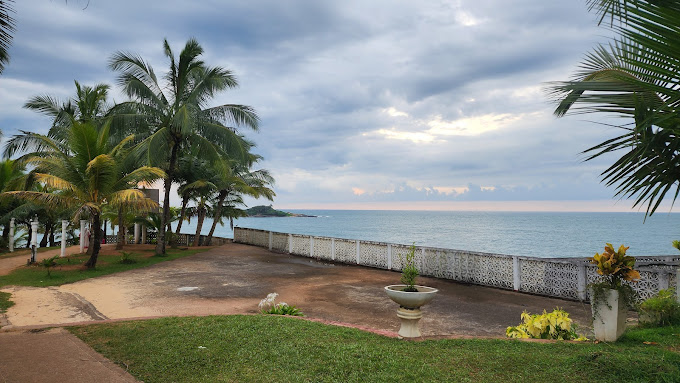
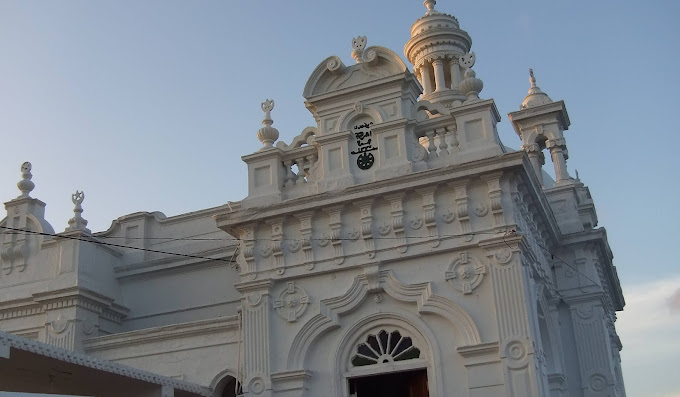
 Donate
Donate